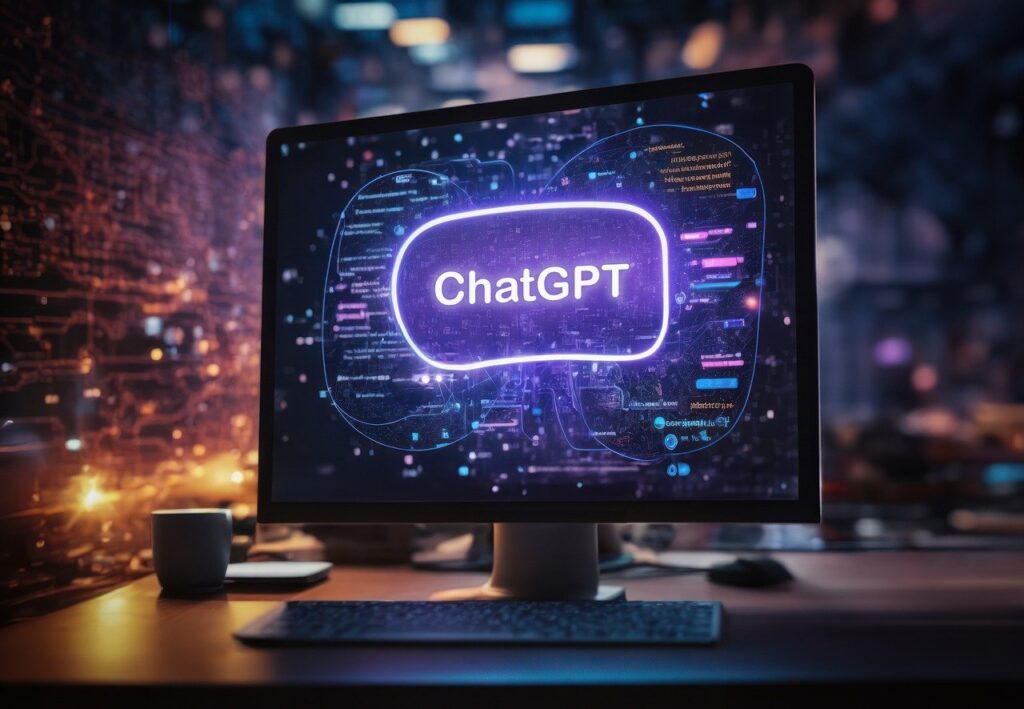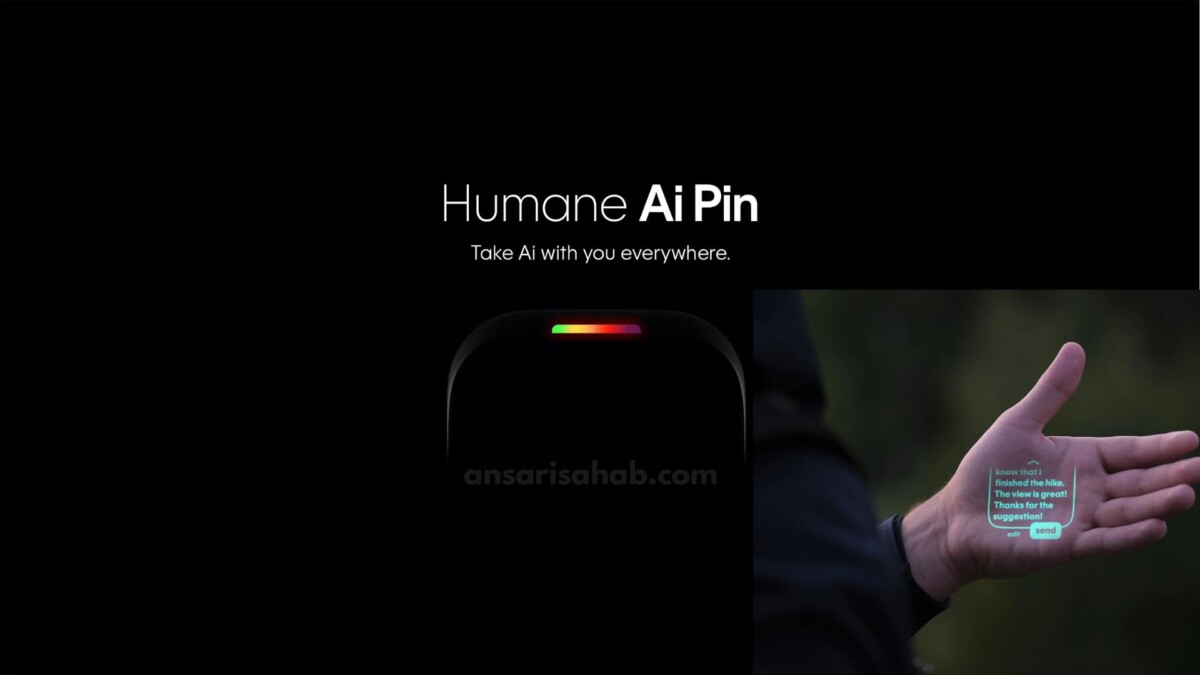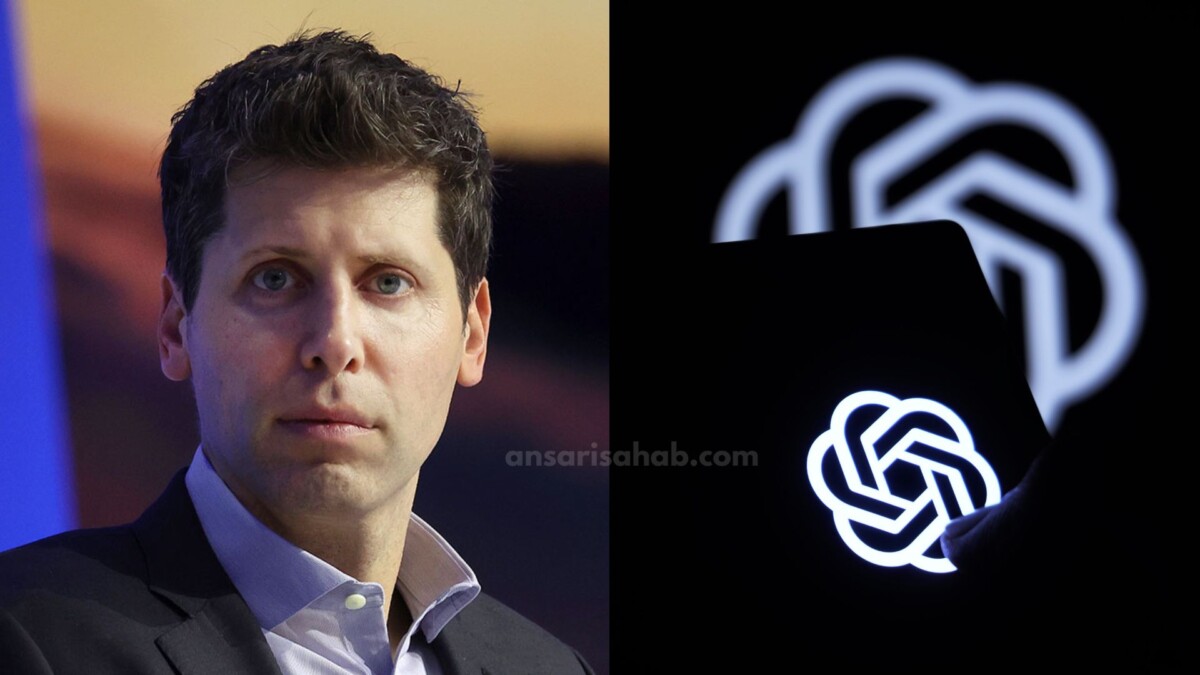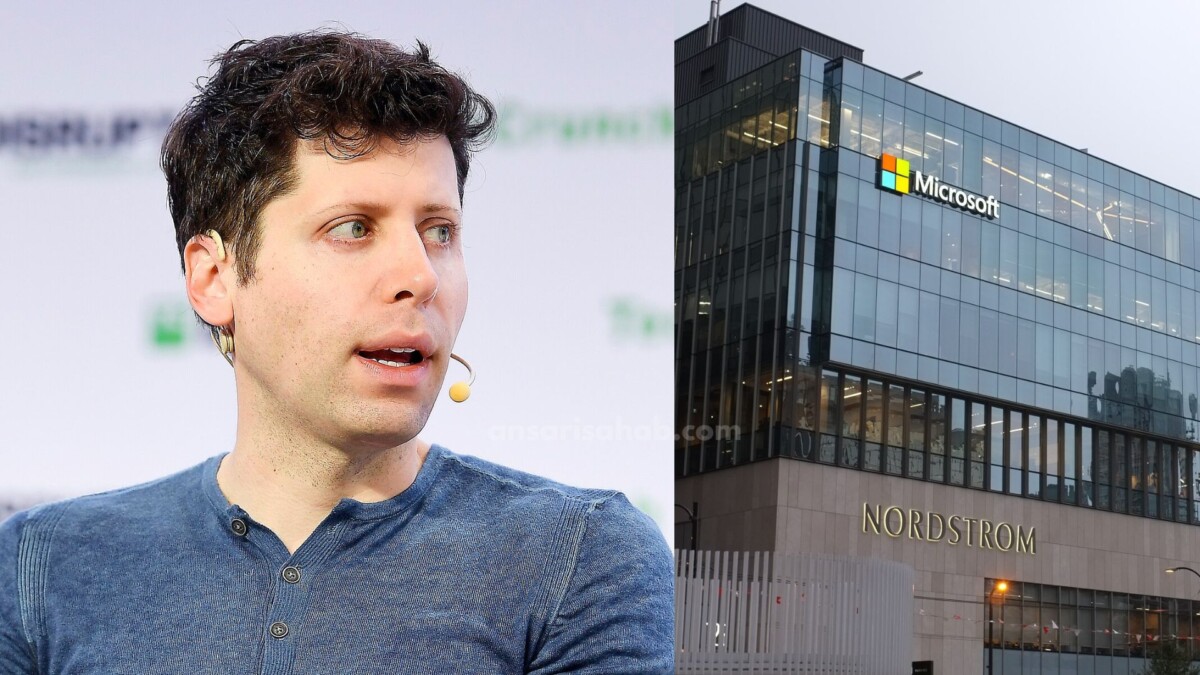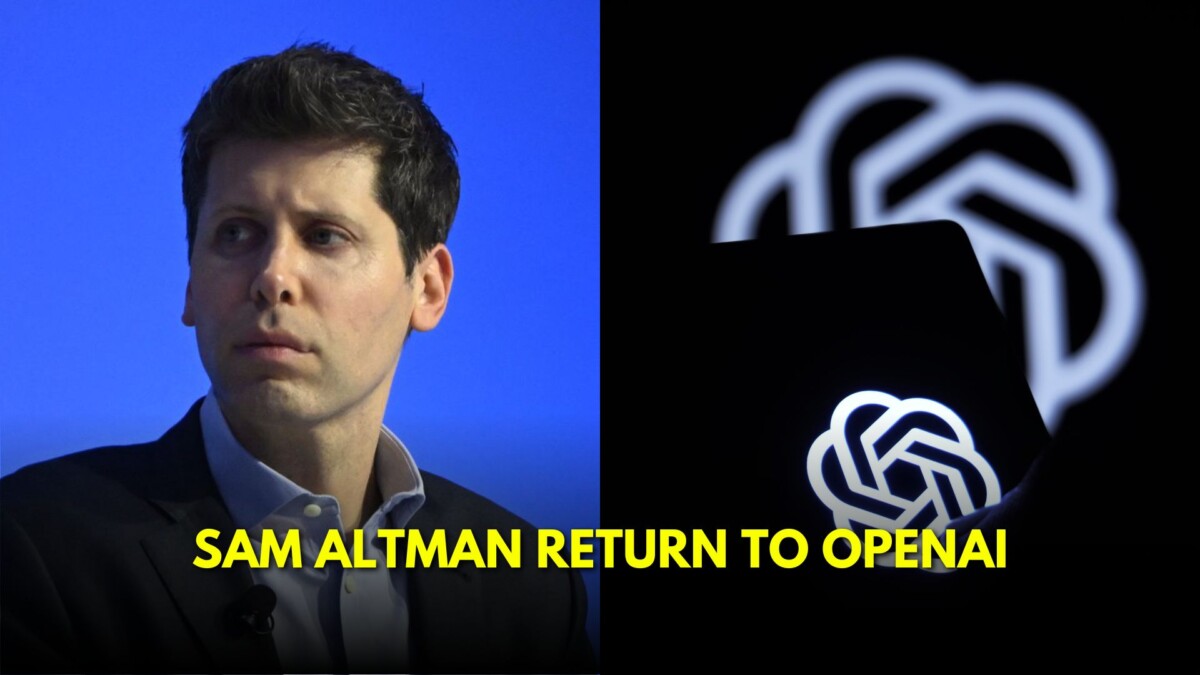TikTok’s surge in AI-powered creator features is reshaping how short-form videos are produced, edited and optimized—and the newest TikTok AI tools launched in 2025 promise to shave hours off editing while boosting discoverability. The company’s recent rollouts, including features like Smart Split and AI Outline, plus enhanced third-party integrations, give creators automated clipping, scripting and visual-asset generation that feed directly into the platform’s recommendation engine. (According to TikTok’s official newsroom release.)
What’s new: the most consequential TikTok AI tools right now
TikTok’s Native Tools
1. Smart Split: This TikTok studio web tool automatically takes long videos (1+ minute) and cuts them into multiple clips optimized for vertical mobile view. It adds transcription, captions and reframes footage for TikTok-style short clips. Markedly useful for creators repurposing podcasts, YouTube content or vlogs.
2. AI Outline: A pre-production assistant where creators input a prompt or select a trending topic and receive video titles, hooks, script outlines, recommended hashtags and structure suggestions. Currently in limited rollout (U.S., Canada, select markets) with broader expansion expected.
Third-Party & Cross-Platform Tools That Integrate Well
3. CapCut: Owned by ByteDance, this popular video-editing app integrates seamlessly with TikTok. AI features include auto-captions, smart cuts, background-music suggestions and automatic resizing for TikTok specs.
4. Runway ML: A more advanced video-editing platform favored by creators who want cinematic effects—green-screen removal, AI background replacement, motion tracking—all of which can feed into TikTok content creation pipelines.
5. Reelmind.ai / Vidyo.ai: These tools specialise in converting longer form videos (webinars, YouTube episodes) into TikTok sized highlight clips or multi-scene short videos. Great for creators scaling output across platforms.
6. TikTok Hashtag Generator (or similar AI trend-tools): Though not native to TikTok, tools that analyze trending keywords, hashtags and formats help creators optimize discovery. One such tool listed under TikTok-AI-tools directories.
Why creators and brands are adopting these TikTok AI tools
Creators and marketers say the appeal of these TikTok AI tools lies in speed, scale and better alignment with what the app’s For You feed rewards. Early tests show that consistently formatted clips with optimized hooks, captions and hashtags get more rapid engagement—and AI tools can bake those elements into drafts. The Verge reports the features save creators hours of manual editing and scripting time.
For brands, the logic is similar: these tools lower production costs while enabling more iterative creative testing. A mid-sized brand can now generate dozens of variant clips from a single shoot, test which hooks work best, and scale the winners. Yet some creators warn against over-reliance: if the voice becomes generic, audience loyalty may suffer—even as reach grows.
Limits, risks and platform policy
AI tools bring power — but they also bring risk. TikTok has rules for labeling AI-generated content and is rolling out watermarking and provenance features to prevent deception. Creators must also contend with quality control: automated scripts and clips can feel generic, and over-automation may dilute a creator’s distinct voice. Some third-party AI tools require subscriptions or credits, making cost a factor for smaller creators.
Platform policy matters too: content flagged as AI‐generated could be deprioritized or treated differently, so creators using TikTok AI tools should maintain transparency and authenticity.
How to use these TikTok AI tools effectively — practical tips
- Start with ideation, then AI: Use AI Outline (or a third-party script assistant) to get a hook, title and script draft. Then personalize.
- Batch and split smartly: Record longer takes, then use Smart Split (or Vidyo.ai) to create multiple vertical clips.
- Use editing platforms judiciously: Use CapCut or Runway ML for special effects, but keep the core video genuine and simple.
- Optimize for discovery: Use hashtag/trend tools to surface relevant tags and formats; pair with AI tools that suggest captions and hooks.
- Maintain authenticity: Even when using AI, the creator’s unique voice remains the differentiator—audiences react to personality, not just slick production.
What this means for creators and the ecosystem
The rollout of TikTok AI tools in 2025 marks a turning point: AI is moving from novelty into everyday workflow. For emerging creators, the barrier to professional-grade production has dropped dramatically—but so too has the supply of polished content. As a result, reach alone might not be enough; originality, niche focus and community matter even more. For brands, campaigns can scale faster, but creative differentiation becomes the key competitive edge.
At the ecosystem level, the more creators adopt these tools, the more the platform may raise minimum production thresholds—and the more important it becomes to stand out rather than fit in.
Conclusion
TikTok AI tools are reshaping how creators and brands operate on the platform by automating editing, scripting, and asset generation. Used thoughtfully, they can boost productivity and reach; used without care, they risk producing generic content and regulatory headaches. As TikTok and other social platforms refine their AI-tool ecosystems and policies, creators who blend AI-speed with human creativity are likely to perform best.


